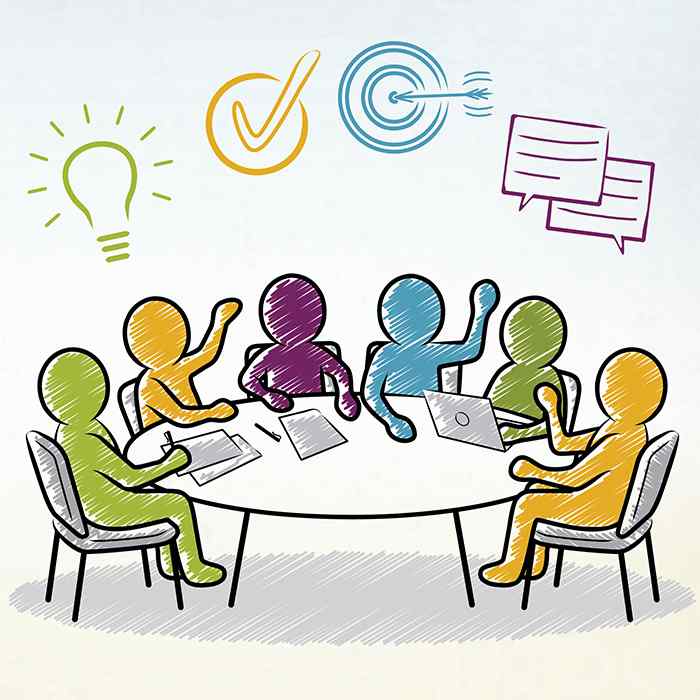Youth Participatory Evaluation: How to Start?
For the Youth Leadership Initiative, evaluation is one of the many ways that they meaningfully engage youth in their program. By practicing Youth Participatory Evaluation (YPE), evaluation is no longer just a task on their to-do list, it is a way for youth and adults to collaboratively assess and guide the program.
The Youth Leadership Initiative has practiced YPE for almost five years. They believe in YPE because they’ve witnessed its benefits for youth, adults, and their program. Other researchers have also documented YPE’s benefits for youth (such as improved social competencies and increased self-confidence), for adults (such as increased self-efficacy and increased sense of belonging), and for programs (such as democratization of knowledge and balancing power between adults and youth).1
After years of being asked by other youth programs for tips on how to start practicing YPE, the Youth Leadership Initiative worked with Wilder Research to create the Youth Participatory Evaluation Practice Guide. This friendly 15-page practice guide includes exercises that take readers through the four main steps of practicing YPE: 1) Determining your YPE values with your YPE team, 2) Outlining your YPE story – and following it, 3) Making program improvements, and 4) Reflecting on your YPE story. We recommend that youth programs walk through the practice guide with someone who has done YPE before.
We wanted to share how the Youth Participatory Evaluation Practice Guide might be helpful for people like us. We are:
-
Pao Thao, youth participant and YPE team member
-
Nou Yang, program director and YPE team member
-
Ryan Evans, evaluator for the Youth Leadership Initiative
Pao, how do you think this practice guide could be helpful for other youth in your position?
“As a youth who went through YPE with the Youth Leadership Initiative, I have come to understand the importance of evaluation and my role within the program. As a youth within the program, I am not just a vessel to be filled with knowledge, but I am seen, and I now see myself, as a person who can also offer new knowledge and invoke change within my program. YPE allows me, as a youth, to truly feel that this is ‘MY’ program.”
Nou, how do you think this practice guide could be helpful for other youth program staff?
“Youth programs often like the idea of YPE, but they don’t know how to start. They may even value and practice honoring youth voice through youth advisory councils or in program delivery, but don’t know how to do that in evaluation. This guide gives them a simple step-by-step way of how YPE can work in their program. I think it’s a friendly guide.”
Ryan, how do you think this practice guide could be helpful for other evaluators?
“Evaluators receive extensive training in how to rigorously measure a program’s success, but few evaluators have done youth work or know how to meaningfully involve young people in doing evaluation activities. This guide can help evaluators expand their skills so they can work with youth programs – or just with a group of youth – to collaboratively accomplish their evaluations with young people.”
If you have questions about doing YPE or want to start your own YPE practice, please contact Nou Yang at nou.yang@wilder.org or Ryan Evans at ryan.evans@wilder.org. For more information about how to do YPE, please review Kim Sabo Flores’s book Youth Participatory Evaluation: Strategies for Engaging Young People.
1Sabo Flores, Kim. (2007). Youth Participatory Evaluation: Strategies for Engaging Young People. San Francisco, CA: John Wiley & Sons, Inc.
